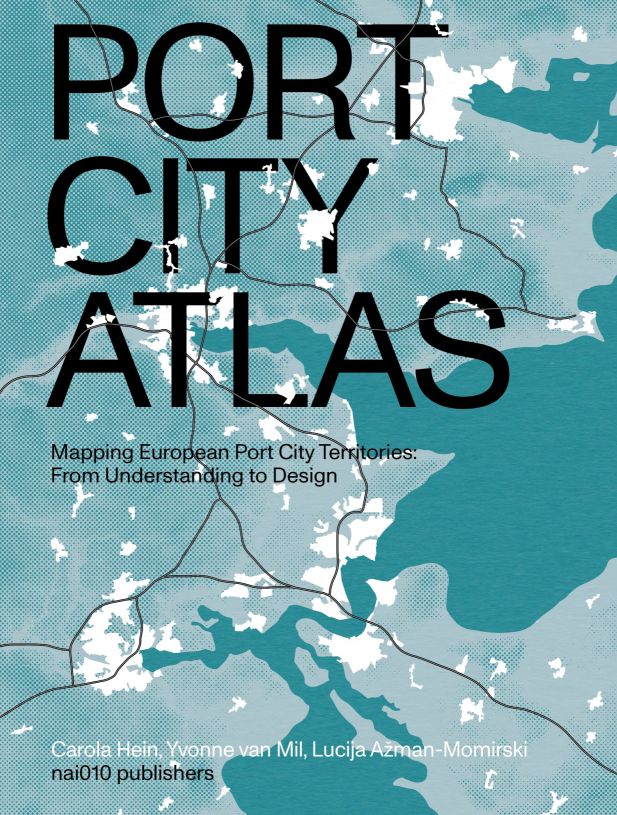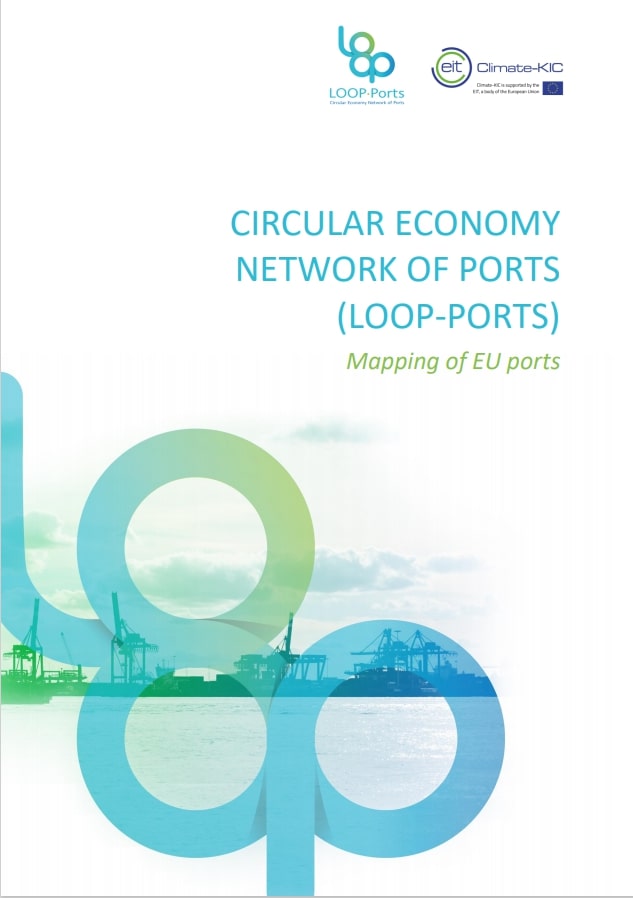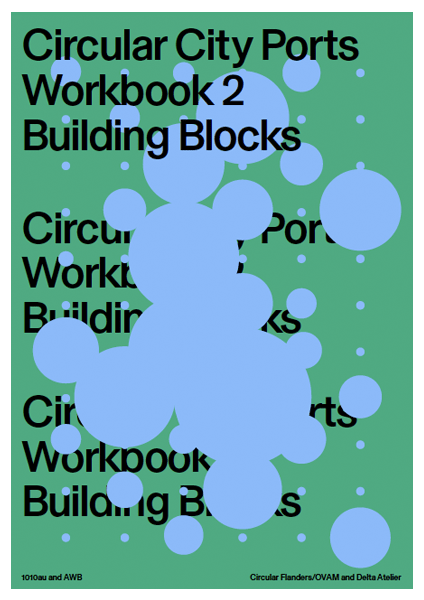Mapping European Port City Territories: From Understanding to Design
The Atlas was created within the LDE PortCityFutures research group and the Faculty of Architecture TU Delft. It is part of the series on the Urbanization of the Sea, and the kick-off of a sub-series on Mapping Port Cities.
An analytical study on the complexity of port cities in Europe
A multitude of port cities dots Europe’s coastline, all serving the purpose of facilitating maritime transportation. Over millennia, public and private leaders have built harbours, urban spaces and infrastructures in diverse territories to serve hinterlands, including landlocked capital cities and metropolitan areas. As nodes on the edge of water and land, port city territories embody knowledge on maritime flows and water conditions. At a time of climate change, they can be paradigms and stewards of sustainable development.
Taking a comprehensive, mapping based approach, Port City Atlas visualizes 100 port city territories located on four seas and connected through shared waters. It provides a foundation for comparative analysis beyond case study approaches that are often locked into national contexts, select languages or disciplinary approaches. Conceived as a work of reference, the book makes the case for a sea-based approach to the understanding and design of Europe.
This book is the outcome of a long effort to raise awareness of maritime flows across sea and land, through ports, cities, and ter-ritories. All three editors are members of the Leiden-Delft-Erasmus (LDE) PortCityFutures Centre, directed by Carola Hein, who also leads the recently established UNESCO Chair Water, Ports and Historic Cities hosted by the Leiden-Delft-Erasmus University consortium.




